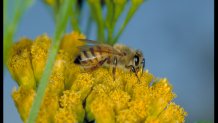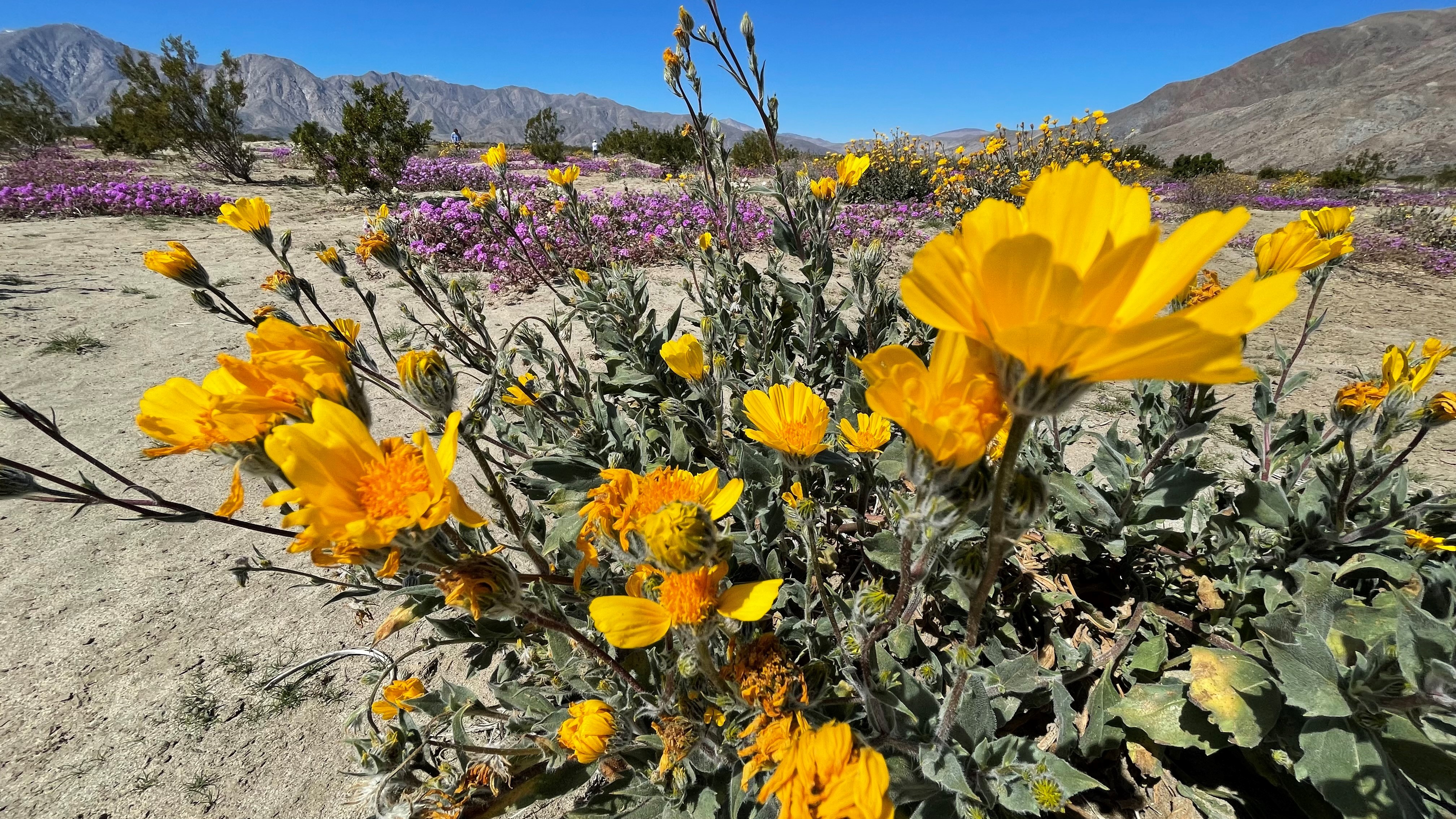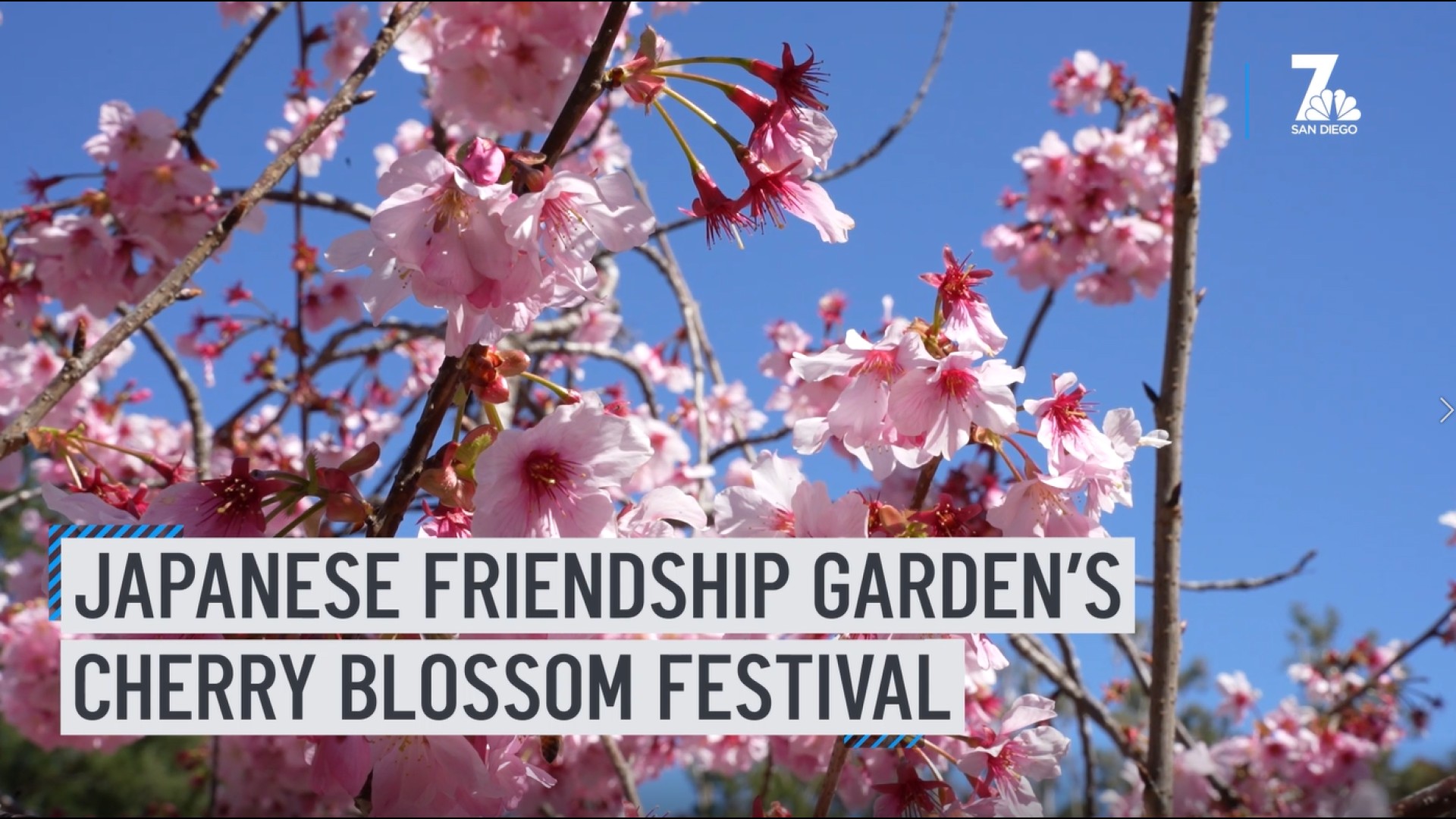We have over 600 species of bees, a scientist told NBC 7’s Brooke Martell.
All the rain this year has done more than relieve the state of drought conditions. Even when you're driving along our local roads, you can't miss how many wildflowers are blooming, which is good news for our pollinators.
More rain means more food for San Diego’s bee population. Dr. James Nieh is a professor of ecology, behavior, and evolution at the University of California, San Diego. He studies the local bee populations in San Diego.
Stream San Diego News for free, 24/7, wherever you are with NBC 7.
“We have over 600 species of different bees,” Nieh said.
San Diego County is in Bloom
Get top local San Diego stories delivered to you every morning with our News Headlines newsletter.
San Diego County is a biodiversity hotspot when it comes to these pollinators. Thanks to all the winter rain, Nieh says there could be a bee bonanza.
“There are going to be a lot of bees getting nectar and pollen and I expect their population will really flourish,” Nieh said.
Nieh says while we could see more bees, the rainy weather keeps them tucked away.
”Once that sun comes out, gets over 50 [degrees], it’s not too windy or wet, then they’re going to be shooting out their entrance and they’re going to be out foraging on whatever blooming plants there are,” Denise Bienias, a local beekeeper and Vice President of San Diego Beekeeping Society, said.
Bienias says she’s been beekeeping for nearly five years in her Scripps Ranch home. What you’ll find in three wooden bee boxes in her backyard are non-native European honeybees.
”They are the only insect to actually produce food, which is that sweet honey they produce,” Bienias said.
However, they do more than that. Bienias says they pollinate foods like apples, oranges, and almonds, just to name a few.
“Honeybees, in general, are pollinating,” Bienias said. “I think it’s about 130 food crops of fruits and vegetables,” Bienias said.
While European Honeybees are extremely common in Southern California, when you’re out on your walk or hike, you’ll also see another kind of honeybee.
”People commonly call them Africanized bees, and these are feral bees,” Nieh said. “They’re incredibly abundant.”

While honeybees will comb through most of the pollen this spring, Nieh says the other 600-plus species of native bees will benefit too.
”One of the benefits of the coming bonanza of flowers is that you’re going to see a lot of these bees. These are all native bees in the southern California area and you’re going to see that diversity,” Nieh said.
These native populations will grow, moths and butterflies included, but Nieh says they face threats of habitat loss and pesticides.
”Although I love honeybees and they’re really important, I want people to know it’s truly the native bees that are at risk, because who is looking out for them, who is making sure they can survive?”
So, what can you do to protect our local bee population?
A few simple additions to your yard or deck will provide more blooms for bees to pollinate. Nieh says planting native plants is one way, but making sure they are also pesticide-free is also important.
Part of Nieh’s work is protecting the local bee population which includes working with the San Diego Pollinator Alliance and the San Diego Beekeeping Society to have San Diego become an official “Bee City USA” to protect pollinators by increasing plants and reducing pesticide use.



